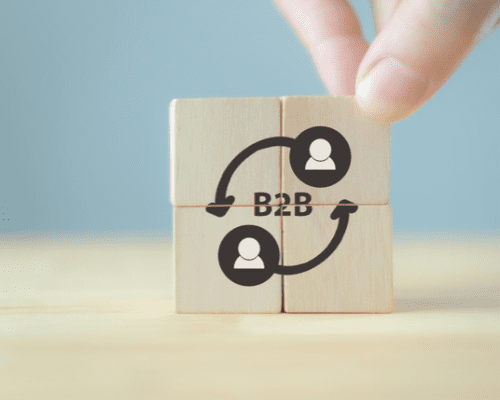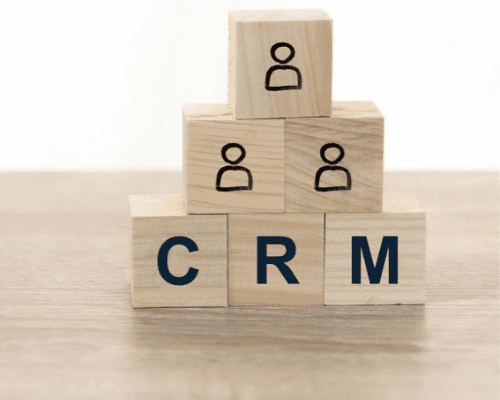According to Salesforce, 89% of customers are more likely to make another purchase following a positive customer service experience.
Better customer experiences help reduce churn and improve customer success. Customer success programs help you improve customer experience by proactively solving challenges and providing added value.
Deciding which customers have access to different levels of customer success services is critical to truly create value.
Why customer success programs are valuable for your business
Hubspot’s Annual State of Service in 2022 reports that 90% of leaders say customer expectations have increased to an all-time high. Strong customer service is among those expectations and often the leading factor when choosing between competitor brands.
Implementing a strong customer success program will help your team best serve your customers. With the right strategy, the results will show an increase in revenue, upselling and cross-selling opportunities, as well as a decrease in your acquisition cost and reduced churn.
Customer success programs create more opportunities to interact, serve and provide value for your customers.
How to choose which customers receive different customer success services
As companies look to strengthen their customer success programs, it’s essential to find the right approach regarding which customers receive which services.
According to Forrester, you must answer four key questions:
1. How are you tiering customers?
While you want to provide value to all customers, some will warrant greater attention than others.
To determine which customers to focus on, first understand how your company values and invests in different types of customers.
For example, you may decide to provide free customer success managers to all big spending customers. The rationale is that the customer has significantly invested in your company, so you’ll make a similarly large investment in maintaining the relationship.
You may decide to also invest in strategic customers. They may not be the big spenders, but they bring value in other ways.
A large portion of your customer base will be made up of smaller clients, but they’re still worth an investment. Many companies provide scalable customer success programs for these customers, charging a premium for more intensive services.
2. What do different clients need to be successful?
The main goal of your customer success program is to help your customers overcome barriers to success. In order to overcome challenges, you must first determine what they need to achieve their goals.
There are different types of customer success services, but not every customer requires each service. Depending on your product’s complexity, you may consider providing baseline or onboarding services to all customers for free. From there, you can monitor your customer’s demands and willingness to adopt your products or services to gauge if your customer success services are effective.
Customer success programs are costly, so you want to ensure that you’re investing in the right services with the right clients.
3. What can your company reasonably deliver?
To deliver a customer success program effectively, you need the available resources. Start by determining which resources are required to support different customer success services. This support can come from adjusting current teams’ responsibilities, leaning on other departments in your company or from partner organisations.
Assets where you can pull in the expertise needed to deliver customer success services successfully.
4. What will the return value be for providing the service?
Customer success programs effectively exchange value between your company and your customers. To validate the use of a customer success program, you need to show how your company receives value in return.
To do this, there are three key goals that your customer success program must achieve:
- Ensure that your customers see tangible benefits from using your product or service.
- Achieve critical business metrics, for example, growing annual return revenue.
- Balance out the cost of the success services with the benefits received.
“Since customer success is a mutually beneficial relationship, remember to include metrics that measure both the company’s and the customer’s success.” Hubspot
Here at redk, we work hard to ensure that your company provides the best possible service to your customers and implements the right CRM software that delivers a seamless experience for both you and your clients. Talk to us to find out how we can help you achieve your organisational goals and exceed your customers’ expectations.










